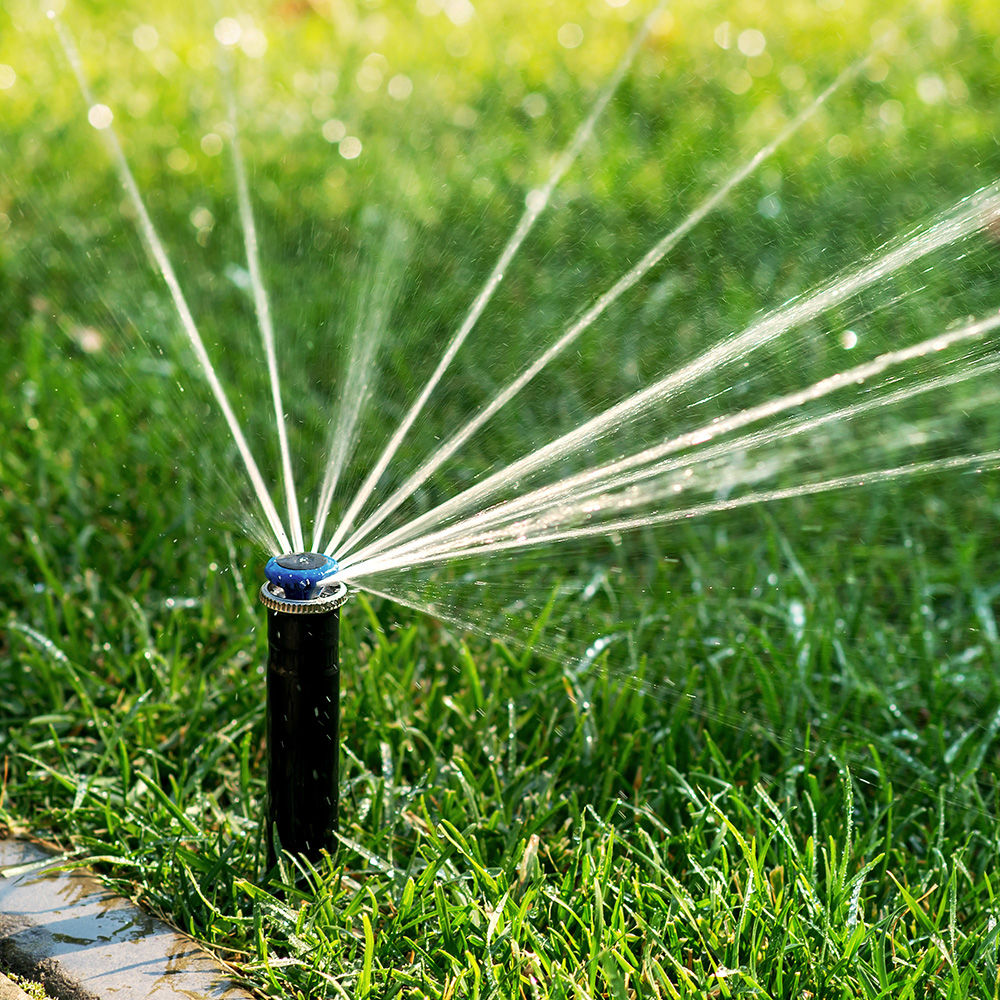Kyle Field has had a busy summer.
The home of Texas A&M Aggie football hosted the Brazil-Mexico soccer match that drew over 85,000 fans and also welcomed nearly 110,000 country music lovers for the George Strait concert. But no matter what events this iconic stadium sees, a team of sports field experts and staff work hard to ensure Kyle Field is game day ready.
At the heart of that team are the future experts: Texas A&M College of Agriculture and Life Sciences’ turfgrass science students.
Turfgrass masters in the making

Chris Franks ’26 and Cody Patranella ’26, two dedicated turfgrass science majors in the Department of Soil and Crop Sciences, are part of the team responsible for maintaining Kyle Field. For them, it’s more than just a job; it’s a passion for grass and sports field management that drew them to Texas A&M.
“I was originally an agribusiness major, but after working on the field and learning about all the science that goes into it, I knew this is where I wanted to be,” Franks said. “There’s something special about seeing the field come alive on game day and knowing you played a part in that.”
Patranella, a transfer from Blinn College, echoed Frank’s sentiment.
“The intricacies of keeping a field in prime condition fascinated me,” he said. “It’s not just mowing grass; it’s about understanding the biology, the soil, the weather — it all plays a role in keeping the turf game ready.”
Students spend 40-45 hours a week — sometimes up to 60 during game weeks — ensuring that the field is ready for 300-pound linemen to battle for position or receivers to make athletic changes in direction in hopes of reaching the end zone.
From repairing divots and daily mowing to painting yardage lines and end zones into the grass with precision, their work is a year-round commitment that begins as soon as the final whistle blows.
The science beneath the surface
So, what makes Kyle Field’s grass so special?
The field is covered with Bermuda Latitude 36, a hybrid grass known for its heat tolerance and resilience. You might be surprised that this grass is readily available to any homeowner, but what makes this grass last under the stresses of the football season is the care from turfgrass experts.
The magic of Kyle Field isn’t just in the grass itself. Beneath the surface lies a carefully constructed foundation designed to keep the field in top condition.
The turf sits on layers of sand, fabric and an airfield, following U.S. Golf Association specifications. This layered system, which includes coarse sand and fine sand, ensures optimal water infiltration, preventing the field from becoming waterlogged during Texas’ unpredictable weather. The sand base also makes the playing surface more forgiving for athletes than artificial turf.
“The layers beneath the grass are just as important as the grass itself,” Patranella said. “The sand and airfield allow water to drain properly, which is crucial during rainy games. It also helps keep the surface consistent, which is key for player safety.”
Painting the field: a week-long process
Painting the field isn’t a one-day job — it’s a meticulous, week-long process.
The work starts on Monday, with the crew laying out the lines and borders using white paint. Tuesday is dedicated to the first coat of paint on the lines and logos, followed by touch-ups on Wednesday. Thursday sees the final coat of white paint on the media lines, hashes and numbers, with maroon paint adding that Aggie flair. Finally, on Friday, the field is rolled, and the last round of watering is completed before game day.

“People don’t realize how much goes into painting the field,” Patranella said. “It’s all about precision. Every line, every logo has to be perfect because that’s what people see on TV and in the stands.”
On game day, Franks, Patranella and the rest of the crew arrive five hours early to set up sideline tarps and trash cans. At halftime, they make sure the sidelines are tidy. After the game, they pick up the trash cans, remove the tarps and take down the goalpost pads.
When needed, they apply post-game water and fertilizer to keep the field lush for the next event.
Ready for anything
Whether it’s a massive concert or an Aggie football victory that sends fans storming the field, the turfgrass science team at Texas A&M is behind the preparation. When the grass takes a beating, they’re ready to step in and ensure the field is game ready each Saturday.
“We’ve seen the field go through a lot, especially after big games when the fans rush the field,” Franks said with a laugh. “But we’re always ready to get it back in shape. That’s part of the job, and we love it.”





